Fall 2023 Issue
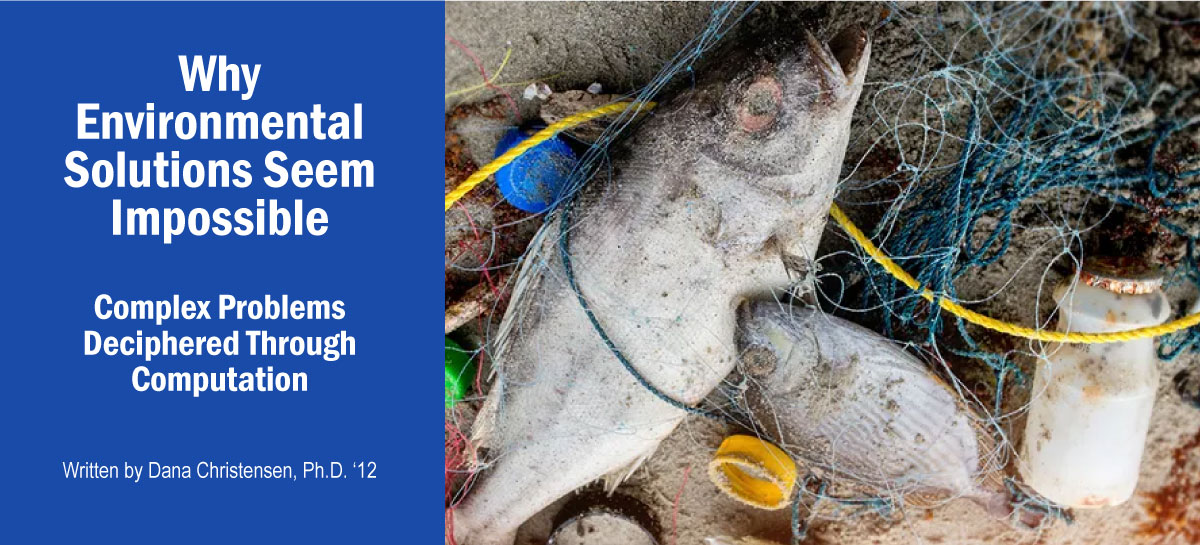
Photo credit: iStock
After learning about the horrors of environmental problems such as overfishing, pollutants, and climate change, students often ask, “Why don't they just fix it?” In classrooms, students learn about the science behind these issues; however, understanding the interdisciplinary nature and complexity of these problems is far from simple and often requires additional experiences.
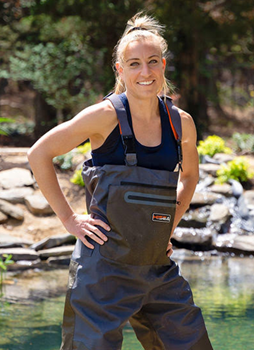
In order to supplement science learning, I developed and published a framework in the Journal of Science Education and Technology, which methodically outlines how educators and researchers can merge various disciplines to bring about environmental solutions (Table 1). The framework (computational thinking to learn environmental sustainability) outlines content knowledge and unique applied skills that serve various communities simultaneously. The final catch is that computational thinking is required, especially with drastic technological expansions.
| ES Problem Solving Concept | Sustainability sphere | Example |
|---|---|---|
| Research |
Environmental Economic Societal |
Environmental science research aimed at ecological sustainability Research aimed at optimizing both profit and sustainaiblity Research aimed at understanding societal cultural norms and perspectives |
| Regulation |
Environmental Economic Societal |
Devloping regulstoins aimed at promoting environmental protectoin Developing regulations aimed at promoting both economic and environemtnal protectoin How understanding the cultural norms of a society may contribute to environmental regulations |
| Education |
Environmental Economic Societal |
Identifying how environmental education should be incorporated into curricula How company or individual choices may impact the economy and environment concurrently Developing practical ways to inform pubic of environmental issues |
Christensen, 2022
What is Computational Thinking?
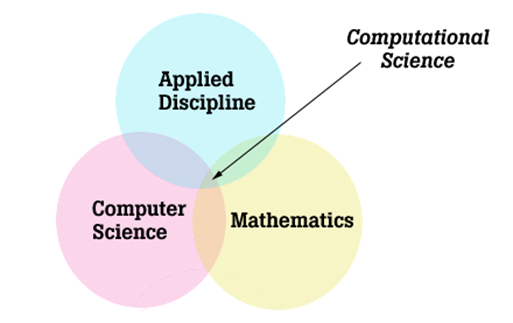
Figure 1: Computational thinking is used to describe thinking about computational science and lies at the intersection of computer science, mathematics and discipline specific problems (Christensen & Lombardi, 2020).
I break down computational thinking into the components of input, integration, output and feedback, similar to how such computational thinking is used by practitioners. For example, a marine scientist may seek to understand the relationship between fish abundance and temperature. The scientist would consider their input as their data (e.g., collection methods, formatting, storing) and their integration as the relationship between fish abundance and temperature (e.g., variable relationships, appropriate algorithms and statistical methods). Output often has many forms, which are situationally appropriate (e.g., statistics, graphs or files), and feedback involves how the outputs may influence future input (in this case, predictions of fish seasonality). In this example, the scientist uses content knowledge regarding the life history of the fishes and ecosystem itself, and the variable relationships as represented by mathematical formulas alongside the most appropriate computational tools to store, manipulate, and display their data. In the most complex instances, scientists may be writing their own code to perform these practices while becoming versed in popular tools within their respective fields. I claim these methods of thinking should be applied by students to learn the content across fields using similar computational methods.
How Do We Know It Works?
Verified assessments are used in research to measure if people are actually learning
something. For example, the Computational Thinking Content Knowledge Survey (Christensen & Lombardi, 2022) can be used to assess computational thinking knowledge
gains. The study Biological evolution learning and computational thinking: Enhancing understanding
through integration of disciplinary core knowledge and scientific practice (Christensen & Lombardi) systematically studied student gains in biological evolution
knowledge through computation. Students taking part in projects developed through
this comprehensive framework can be assessed in various ways, such as through scientific
knowledge, their contribution to the scientific community, and their service to groups
of citizens.
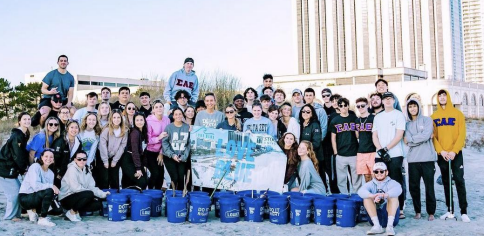
Current Projects Based on the Framework
Using this framework, I assisted Professor Aguiar in the development of a unique striper (Morone saxatilis) fishing project, which focused on the intersections of the environmental and societal spheres through the problem solving perspectives of regulation, research and education. Stockton students were involved in obtaining the data through fishing (input), analyzing the data (integration) as well as drawing conclusions (output). This project specifically addressed and continues to address gaps between marine researchers and recreational anglers and paved the way for future outreach and citizen science projects. I am currently working with the NJDEP in order to create a comprehensive database of recreational catches for marine biologists while simultaneously giving back to the angler community. This framework was also used to develop curricula within the GNM service learning Estuaries course at Stockton University. In this course students created complex projects that involved developing and executing K-12 lessons, beach cleanups with data analysis, and surveys to understand and serve various communities around topics such as sea level rise, angler litter and environmental justice.
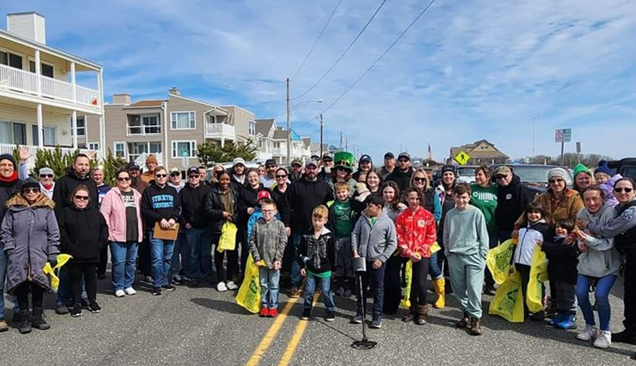
There is still a long way to go in terms of integrating interdisciplinary computation into many curricula to address interdisciplinary environmental problems. The next steps require assessment of computation and science content knowledge as well as the development of citizen science projects and contributions to peer reviewed scientific journals. All of which are on the horizon at Stockton are and a testament to our conscientious student body!
I learned a lot about myself and other people from this class… I learned a sense of leadership and responsibility to my community
I learned the relationship between human living and estuaries were much closer than I thought… and about how to properly advocate for ecological/environmental justice
I have become more aware of the estuary ecosystem in the surrounding area, I got outside of my comfort zone while doing my project and gained personal skills…. I addressed the local community especially the children, I would have never thought this was possible if it were not for this class
I learned that being open about your emotions is nothing to be afraid of… to be proud of your accomplishments and that it is ok if people don’t understand you
I have learned that project planning and execution take a lot of time and may not go as planned… but I became more outgoing as a person, reflective and understanding of the people around me
This project also helped me strengthen my communication, organization, planning, and research skills… it also affected my personal life because it gave me a sense of purpose
"I have a more hopeful outlook for the future after seeing how much the 5th graders were interested in climate change"



